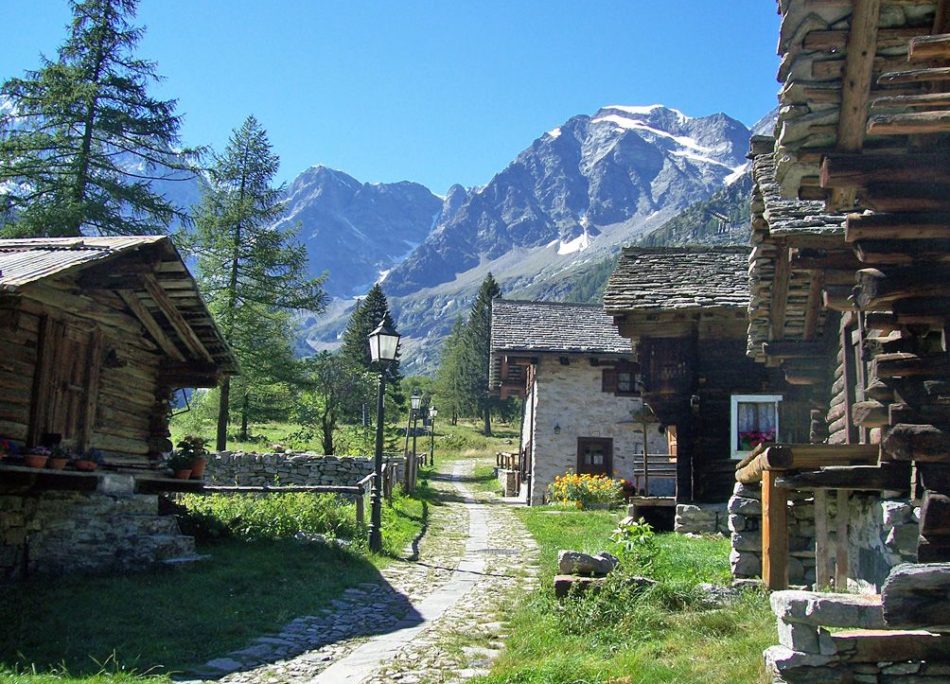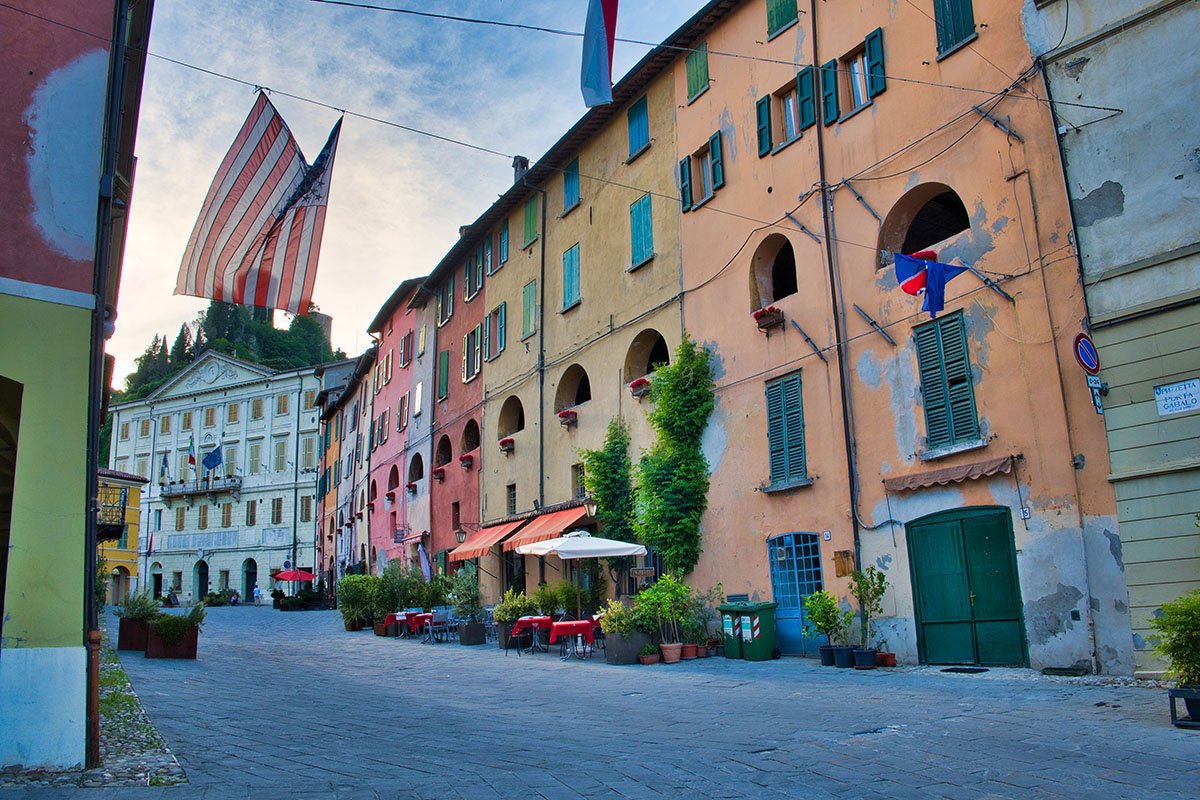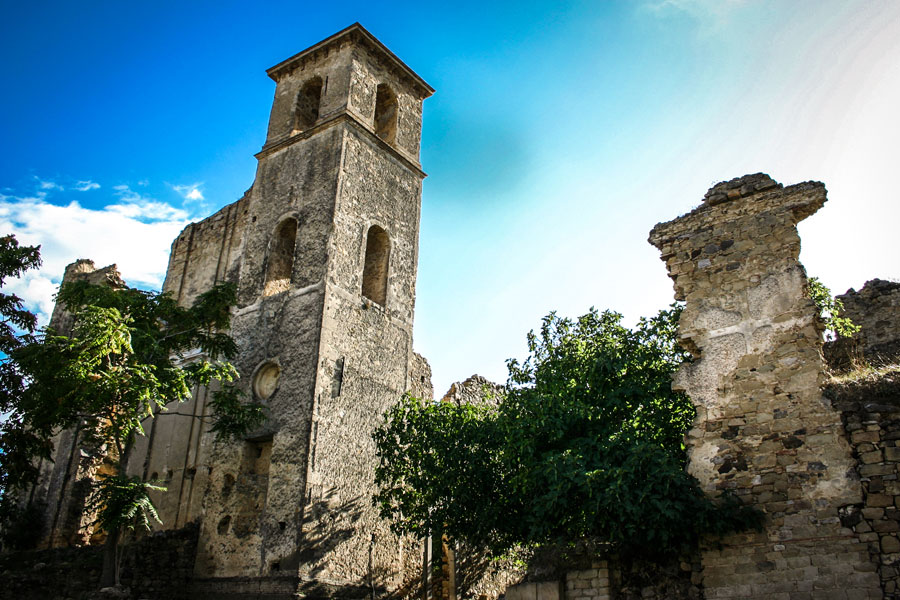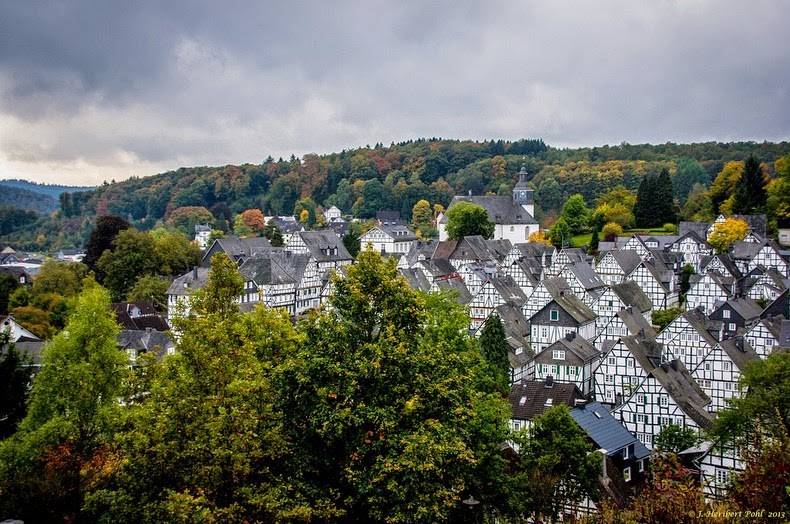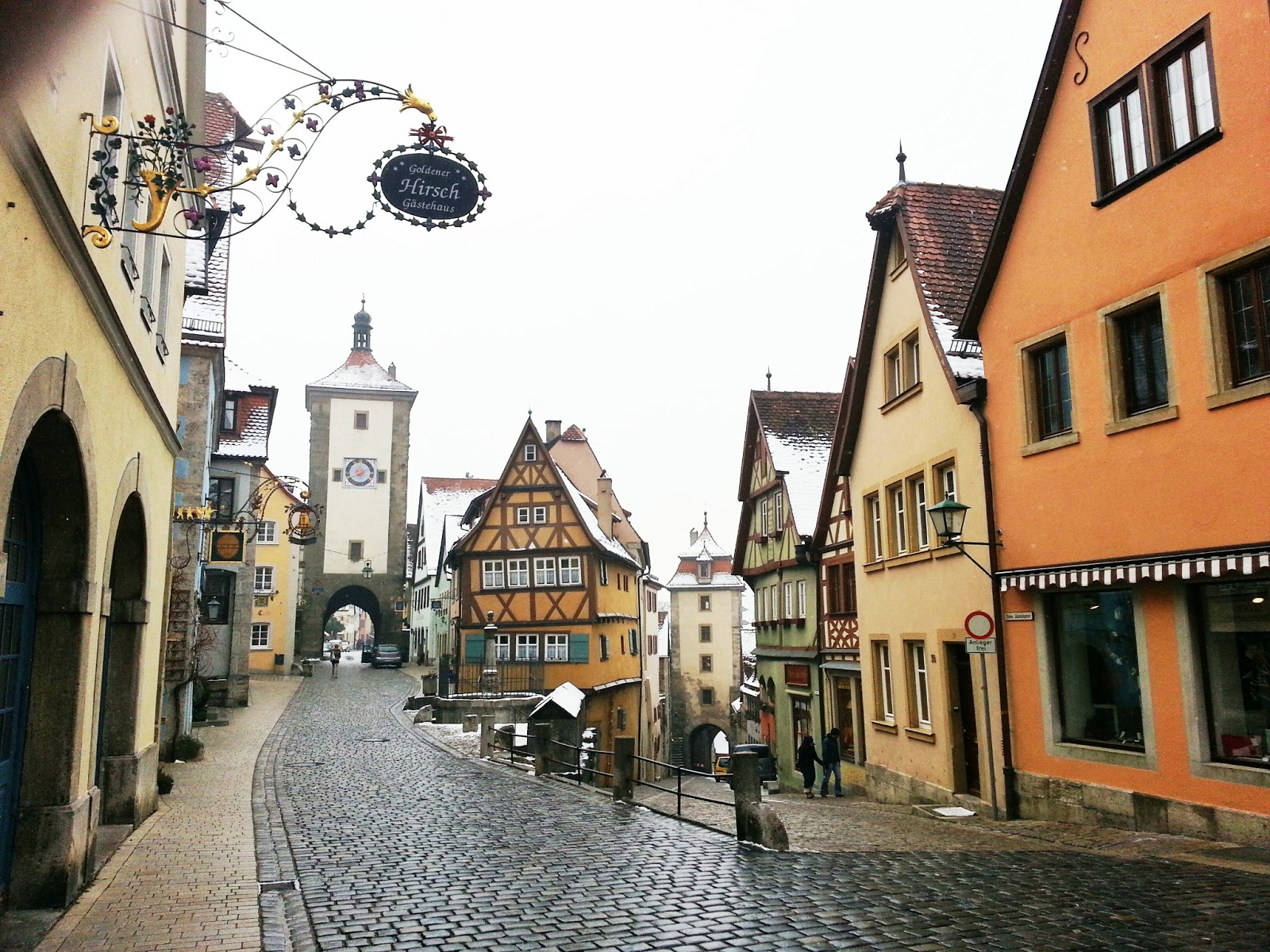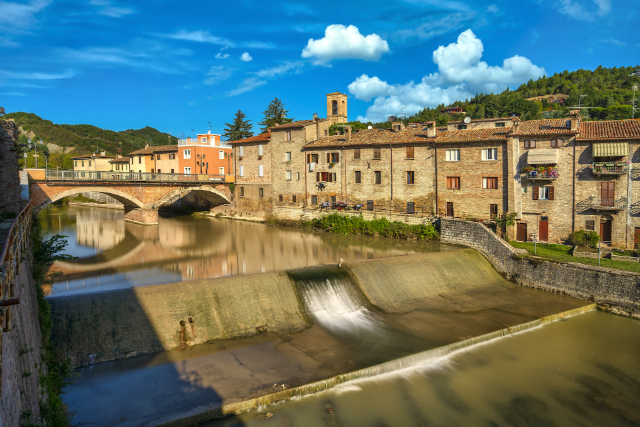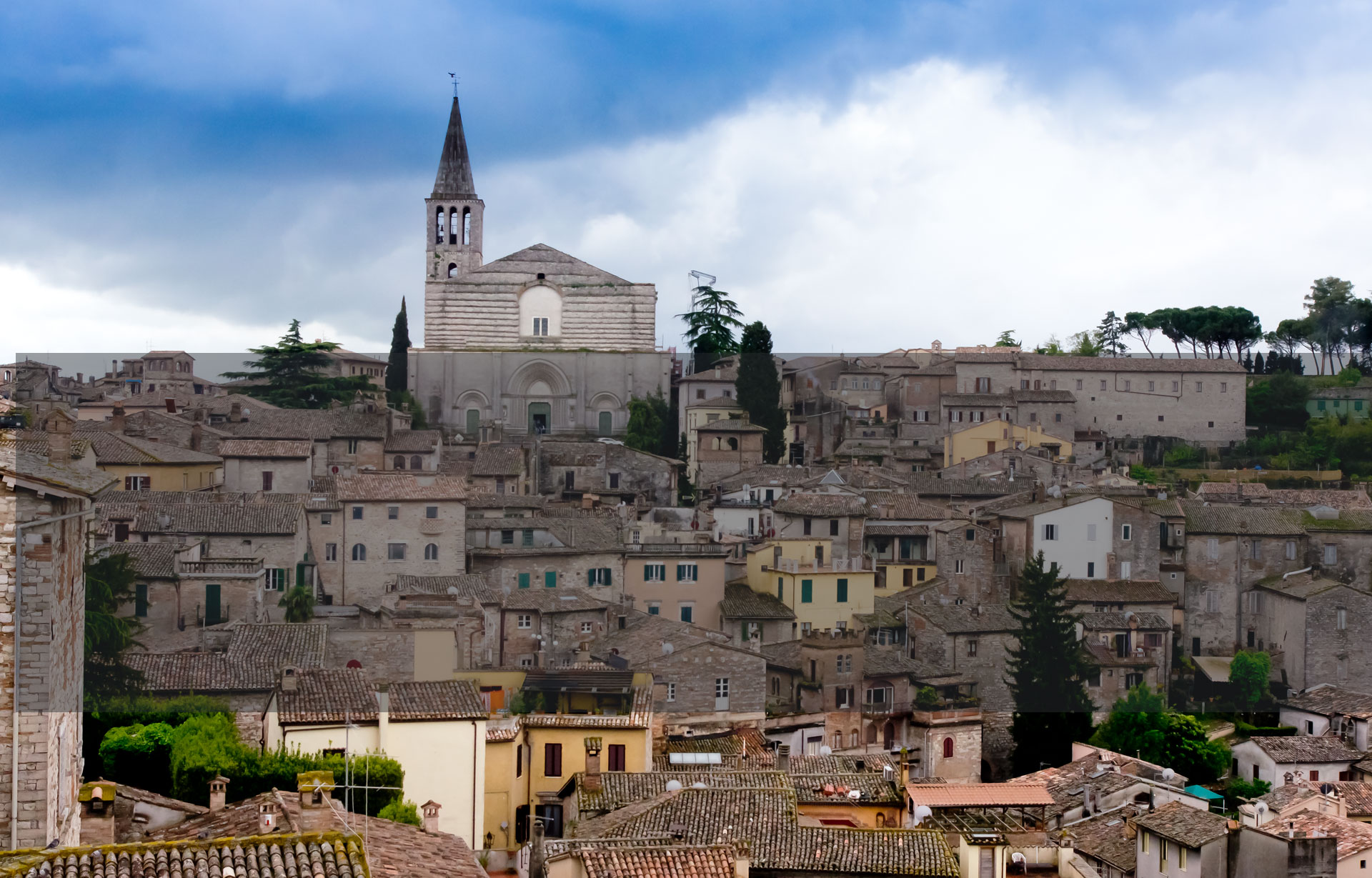In Piedmont, Macugnaga is probably one of the most important testimonies of Walser villages. This is a population of Germanic origin that in the Middle Ages migrated to the current Valais, founding a series of communities around Monte Rosa, in areas of mountains at the time uncontaminated and free from any influence.
In the small Piedmontese municipality, located at the foot of the majestic east face of Monte Rosa, next to the Old Church in the hamlet of Staffa, you can see a very old tree, a lime tree that acts as a guardian of the church and passers-by. According to legend, the tree was brought on a journey and planted there where the new settlement would be born, as an unchanging symbol of history and the growth of the population. Under the branches of the imposing tree is positioned what, at first glance, might appear to be a bench. In reality, it is the table where the elders of the village met to make the important decisions of the community and where contracts were signed, with the tree itself acting as witness. Right under the old Lime Tree, every year in the middle of July, the procession of San Bernardo ends. Already in the Middle Ages it was a very important feast for the people, an occasion for all the Walser communities of the Rose to meet, each wearing their own costume, to represent the strength of their union. Today, around the tree the mountaineers’ ropes, bread, work tools are blessed, and gifts are offered as a sign of gratitude; a feast that has the power to bring back time, impress and unite people today as in the past. In addition to the tree, in Macugnaga there is the hamlet of Isella, a Walser village that has remained practically intact as evidenced by the communal oven and the small central church.
